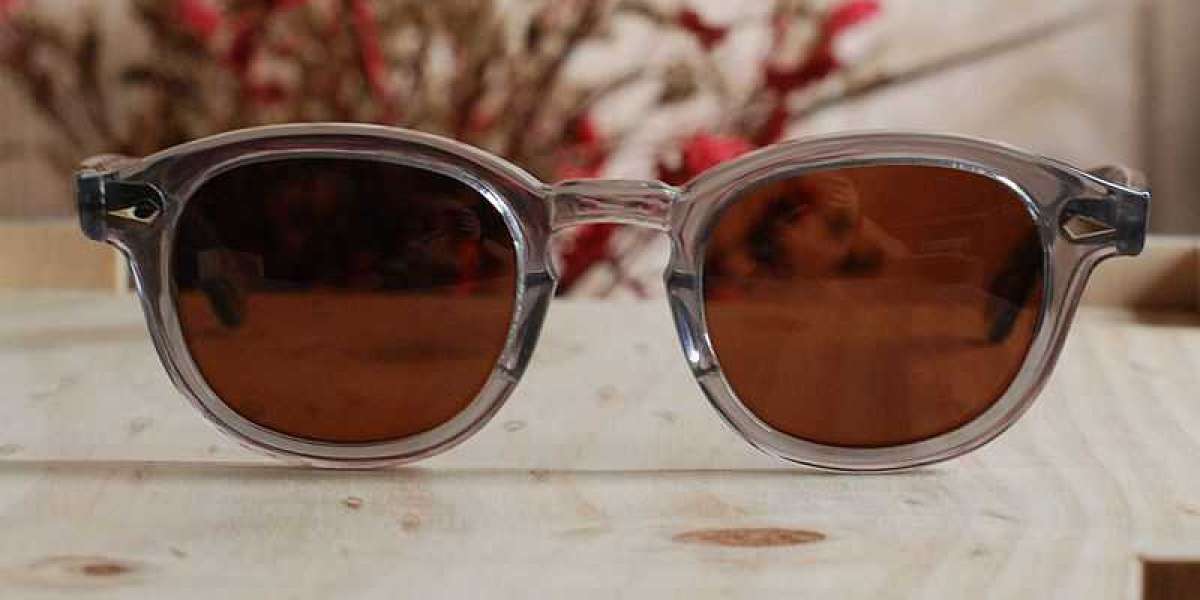The sun's ultraviolet (UV) rays can cause a range of eye problems, from short-term sunburn to long-term damage that contributes to age-related eye diseases. To protect your eyes from the sun's harmful rays, it is essential to wear sunglasses with proper UV protection. In this article, we will take a closer look at the ultimate guide to UV400 sunglasses and how they protect your eyes.
What are UV400 Sunglasses?
UV400 sunglasses are a type of sunglasses that are designed to block out at least 400 nanometers of the UV spectrum, which covers all types of UV rays, including UVA, UVB, and UVC. UVA rays are the longest and weakest type of UV rays and can penetrate deep into the eye, causing damage to the retina and contributing to the development of cataracts and age-related macular degeneration.
UVB rays are shorter and stronger than UVA rays, and they can cause sunburn to the cornea and contribute to photokeratitis. UVC rays are the shortest and strongest type of UV rays, but they are absorbed by the Earth's ozone layer and do not reach the surface.
The Material Used for UV400 Sunglasses
The material used for UV400 sunglasses plays a crucial role in determining their effectiveness. Most UV400 sunglasses use polycarbonate lenses, which are known for their durability and impact resistance.
Polycarbonate lenses are also able to block out 100% of UV rays, making them an excellent choice for eye protection. In addition to polycarbonate lenses, there are other materials that can be used to make UV400 sunglasses, including glass, plastic, and CR-39.
The Design of the Lenses
Another factor that contributes to the effectiveness of UV400 sunglasses is the design of the lenses. The shape, size, and style of the lenses all play a role in determining how well they block out UV rays. Larger lenses provide better coverage and protection, while smaller lenses may not cover your entire eye and may not provide adequate protection. Additionally, lenses that wrap around your face provide better protection from harmful rays that can enter from the side.
Reducing Glare
UV400 sunglasses are also designed to reduce glare, which is the intense brightness that can cause eye strain and discomfort, especially when you are driving, boating, or participating in outdoor activities. Polarized lenses are particularly effective at reducing glare, as they have a special filter that eliminates reflected light. This makes them an excellent choice for outdoor activities such as fishing, boating, and snow sports.
UV Protection
Make sure that the sunglasses are labeled as providing UV400 protection. This will ensure that they provide comprehensive protection against all types of UV rays.
Lens material: As mentioned earlier, polycarbonate lenses are a good choice for their durability and impact resistance, while glass and plastic lenses are also effective at blocking UV rays.
Lens Shape and Size
Larger lenses provide better coverage and protection, while smaller lenses may not provide adequate protection. Lenses that wrap around your face provide better protection from harmful rays that can enter from the side.
Conclusion
UV400 sunglasses are an essential item for anyone who spends time outdoors. By providing comprehensive protection against all types of UV rays, they reduce the risk of eye damage and eye conditions.








